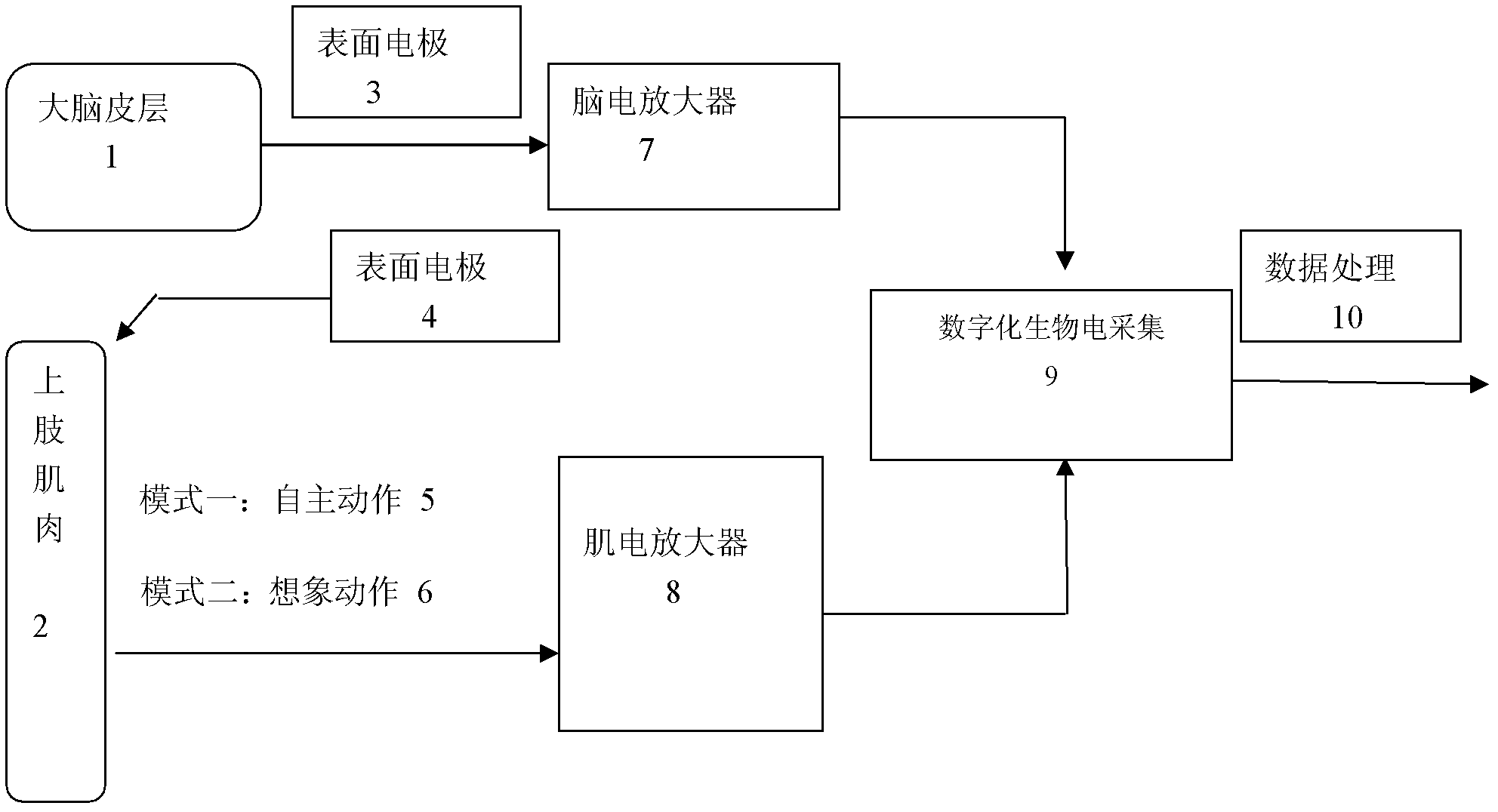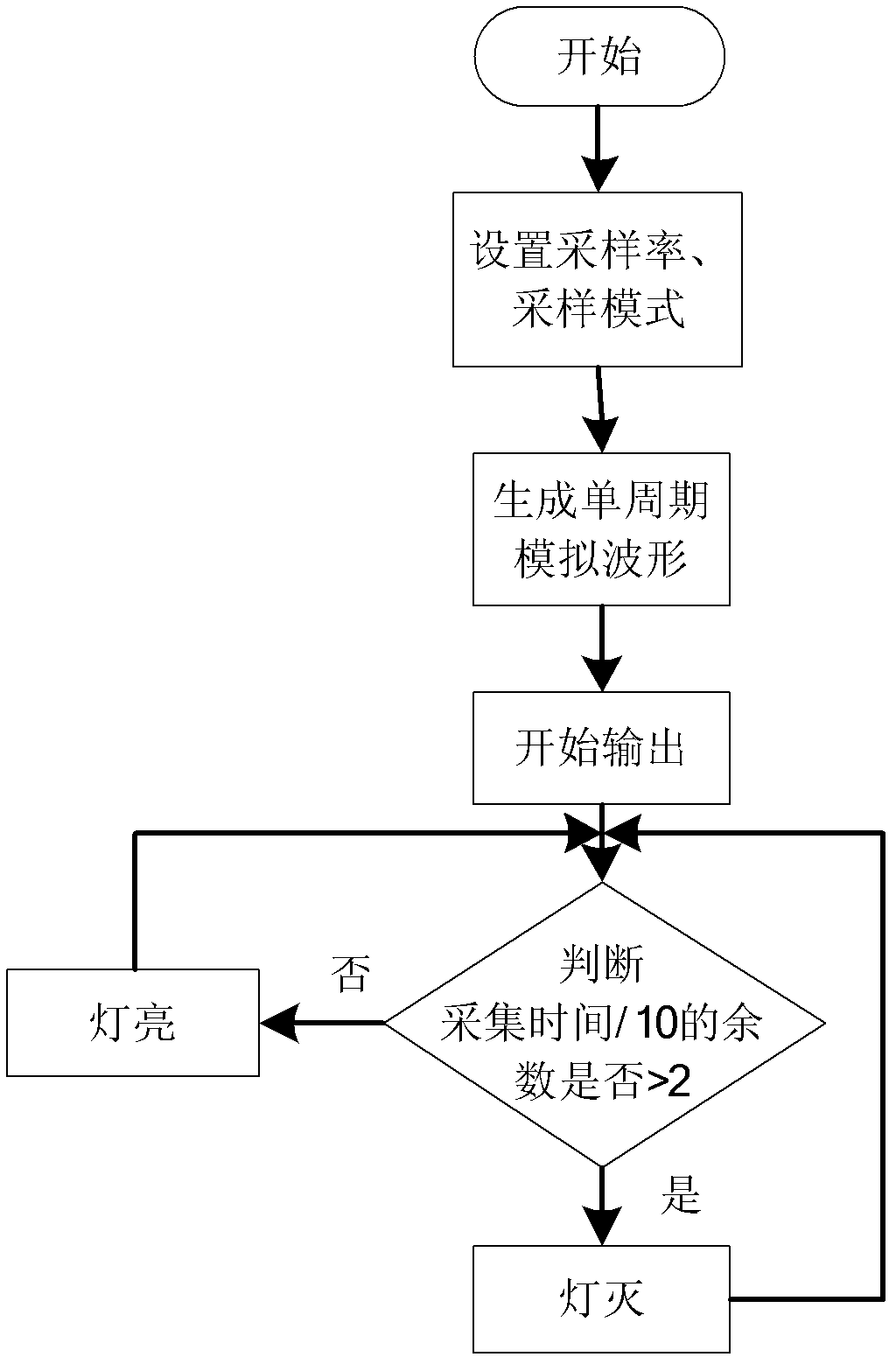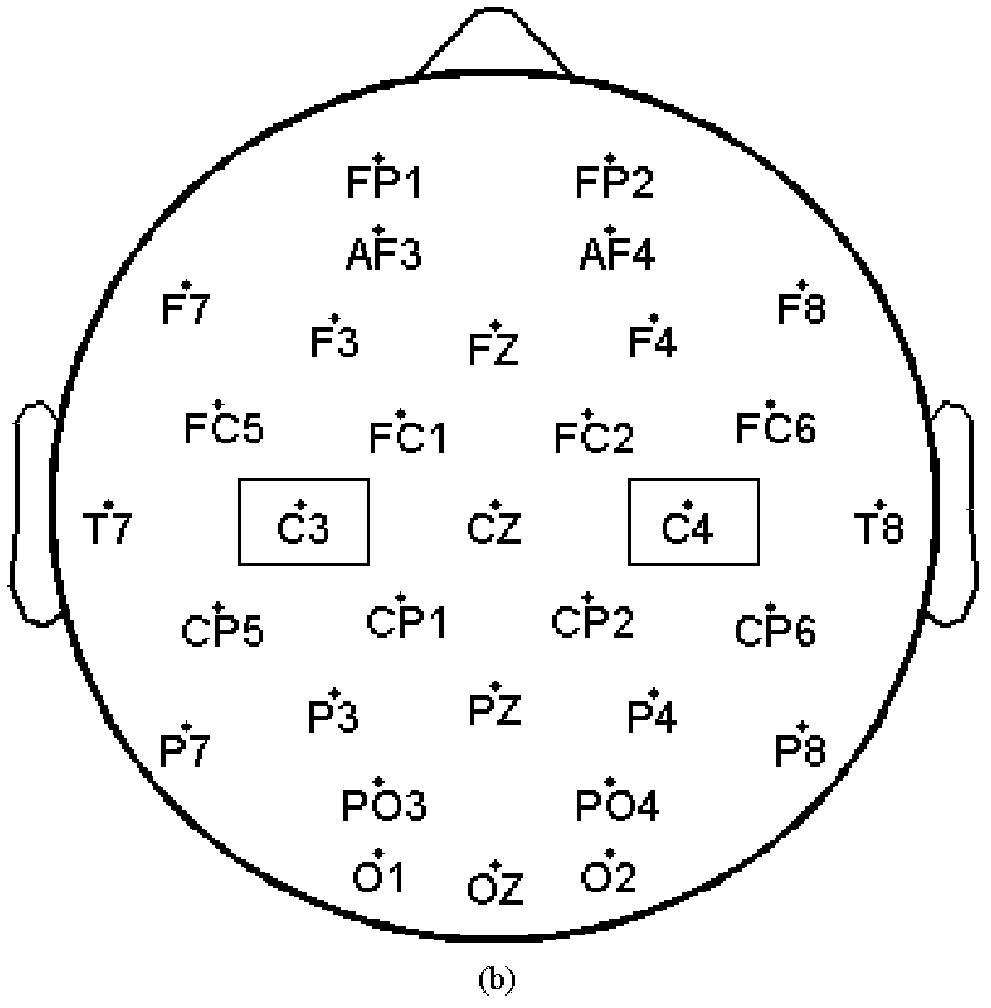Conjoint analysis method for electroencephalograph and electromyography signals based on autonomous movement and imagination movement
A technology of combined analysis and EEG signals, applied in medical science, sensors, diagnostic recording/measurement, etc., can solve problems recognized by physiologists and neurologists
- Summary
- Abstract
- Description
- Claims
- Application Information
AI Technical Summary
Problems solved by technology
Method used
Image
Examples
Embodiment Construction
[0039] The method for joint analysis of brain electromyography signals based on voluntary actions and imaginary actions of the present invention will be described in detail below in conjunction with the embodiments and drawings.
[0040]The joint analysis method of brain electromyography based on voluntary action and imaginary action of the present invention is a joint analysis method of brain electromyography that maps time domain information to frequency domain based on Granger causality. This design belongs to the technical field of rehabilitation of the disabled. Its technical process is: by synchronously collecting EEG signals and EMG signals in related areas under different action modes, performing data processing and bias-oriented coherent analysis on the EEG signals in the two action modes to obtain EEG signals. The causality of the signal and the flow of information when the action occurs.
[0041] The method for joint analysis of brain electromyography signals based...
PUM
 Login to View More
Login to View More Abstract
Description
Claims
Application Information
 Login to View More
Login to View More - R&D
- Intellectual Property
- Life Sciences
- Materials
- Tech Scout
- Unparalleled Data Quality
- Higher Quality Content
- 60% Fewer Hallucinations
Browse by: Latest US Patents, China's latest patents, Technical Efficacy Thesaurus, Application Domain, Technology Topic, Popular Technical Reports.
© 2025 PatSnap. All rights reserved.Legal|Privacy policy|Modern Slavery Act Transparency Statement|Sitemap|About US| Contact US: help@patsnap.com



